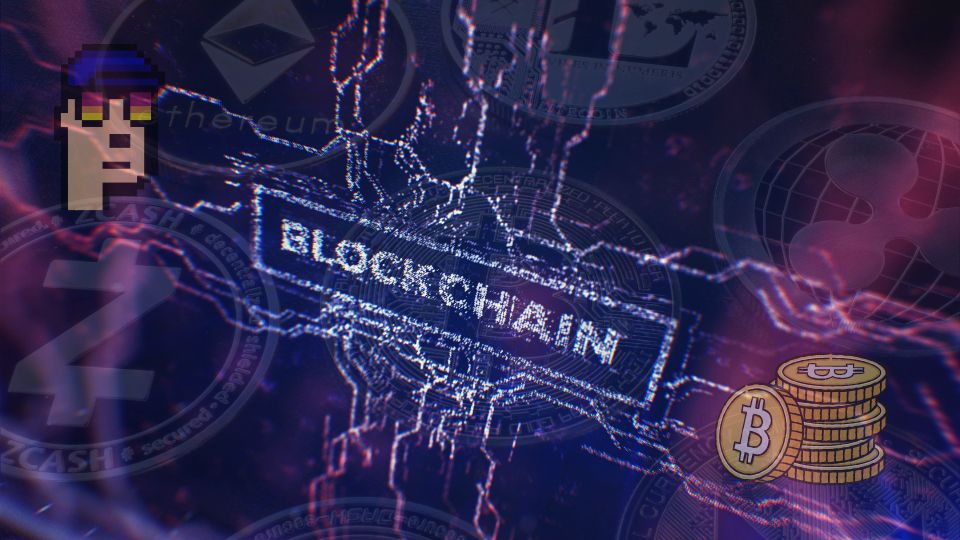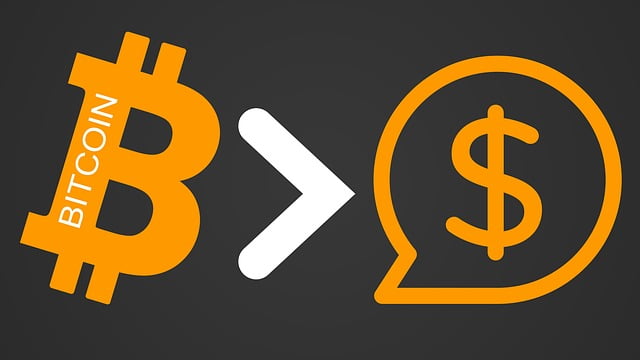Introduction: Foundation of all crypto currency is blockchains
A blockchain is a digital ledger of all cryptocurrency transactions. It is constantly growing as “completed” blocks are added to it with a new set of recordings. Each block contains a cryptographic hash of the previous block, a timestamp, and transaction data. Bitcoin nodes use the block chain to differentiate legitimate Bitcoin transactions from attempts to re-spend coins that have already been spent elsewhere.
Beyond cryptocurrency, blockchains are being used to track ownership of assets such as land, diamonds, and fine art. In the future, blockchain technology could be used to streamline supply chains and make other business processes more efficient. It’s a tough question in my opinion. On one hand, you have a completely decentralized currency that is borderless, transparent, and has the potential to change the way we do business. On the other hand, most of these things are still in development and it’s hard to say if they’ll ever be realized. I think it’s important to keep in mind that blockchain is still very experimental and a lot of the technology is still being developed.
The first wallet program, simply named Bitcoin, and sometimes referred to as the Satoshi client, was released in 2009 by Satoshi Nakamoto as open-source software. The Bitcoin network came into existence on 3 January 2009 with the release of the first Bitcoin client and the issuance of the first Bitcoins. Satoshi Nakamoto released the Bitcoin software as open source code and it was hosted on SourceForge. The popular bitcoin transaction processing company BitPay made its first Bitcoin announcement in December 2011.
Bitcoin, the first cryptocurrency ever created has indeed become the most widely used digital currency on earth. Ever since the existence of Bitcoin in 2009, it has witnessed unprecedented growth across the world.
What is blockchain?
A blockchain is a digital ledger of all cryptocurrency transactions. It is constantly growing as “completed” blocks are added to it with a new set of recordings. Each block contains a cryptographic hash of the previous block, a timestamp, and transaction data. Bitcoin nodes use the block chain to differentiate legitimate Bitcoin transactions from attempts to re-spend coins that have already been spent elsewhere.
Beyond cryptocurrency, blockchain is promising to revolutionize other fields such as supply chain management and voting. In supply chains, for example, blockchain can provide greater visibility into the origins of products and more transparency around ethical practices such as fair labor standards. In voting systems, blockchain could help reduce voter fraud and ensure that every vote is counted.
The potential applications of blockchain are nearly endless. But for now, it remains primarily associated with cryptocurrencies like Bitcoin.
How does a blockchain work?
The blockchain is maintained by a peer-to-peer network. The network timestamps transactions by hashing them into an ongoing chain of hash-based proof-of-work, forming a record that cannot be changed without redoing the proof-of-work. – Satoshi Nakamoto
What are the benefits of a blockchain?
A blockchain is a distributed database that allows for secure, transparent and tamper-proof record-keeping. Each transaction made on the blockchain is verified by a network of computers, making it virtually impossible to cheat the system. This decentralized nature also makes blockchains much more resilient to hacks and cyberattacks.
Blockchains have many potential uses, including powering digital currencies like Bitcoin, as well as tracking the ownership of assets like land or diamonds. They can also be used to create immutable records of data, such as medical records or voting results. The possibilities are endless, and the technology is still in its early stages of development.
Benefits of using a blockchain include increased security, transparency and immutability. Blockchains are also resistant to hacks and cyberattacks, due to their decentralized nature.
What are the challenges of a blockchain?
The challenge with blockchain technology is that it’s very new and unproven. For something as important as money or other valuable assets, people need to feel confident that it will work as advertised and not disappear overnight. Additionally, blockchain technology requires a lot of computing power and can be quite slow. The industry will have to work hard to overcome these challenges if it wants to remain relevant.
What is blockchain? Blockchain is a digital ledger that contains the history of every transaction made on it. It’s basically a database, except that it’s distributed across a network of computers rather than being stored in one central location. The blockchain is an open, distributed ledger that can record transactions between two parties efficiently and in a verifiable and permanent way. The blockchain ledger isn’t stored in any single location, meaning the records it keeps are truly public and easily verifiable.
Conclusion
A blockchain is a digital ledger of all cryptocurrency transactions. It is constantly growing as “completed” blocks are added to it with a new set of recordings. Each block contains a cryptographic hash of the previous block, a timestamp, and transaction data. Bitcoin nodes use the block chain to differentiate legitimate Bitcoin transactions from attempts to re-spend coins that have already been spent elsewhere.
A blockchain is a digital ledger of all cryptocurrency transactions. It is constantly growing as “completed” blocks are added to it with a new set of recordings. Each block contains a cryptographic hash of the previous block, a timestamp, and transaction data. Bitcoin nodes use the block chain to differentiate legitimate Bitcoin transactions from attempts to re-spend coins that have already been spent elsewhere.
A blockchain is a digital ledger of all cryptocurrency transactions. It is constantly growing as “completed” blocks are added to it with a new set of recordings. Each block contains a cryptographic hash of the previous block, a timestamp, and transaction data. Bitcoin nodes use the block chain to differentiate legitimate Bitcoin transactions from attempts to re-spend coins that have already been spent elsewhere.
Whereas traditional databases are centralized, meaning they are controlled by a single entity, blockchains are decentralized. No one person or organization has control over the data inside a blockchain. Instead, anyone with an internet connection can view the data inside a blockchain. Transactions made on a blockchain are public and transparent. This allows for trustless collaboration between parties because no one party has control over the data or records.
Let’s stay connected **
My website: WPGOSOCIAL.com is a web development and marketing company. We specialize in helping Small Businesses develop credibility and brand awareness.
Quora: Question and answer with Romeo Clennon founder of WPGOSOCIAL.com; about web design, web hosting, marketing, SEO and more.
Pinterest: For marketing infographics, funny videos and more.
Stop by just to say hi, or come check out the great content on our other platforms.




